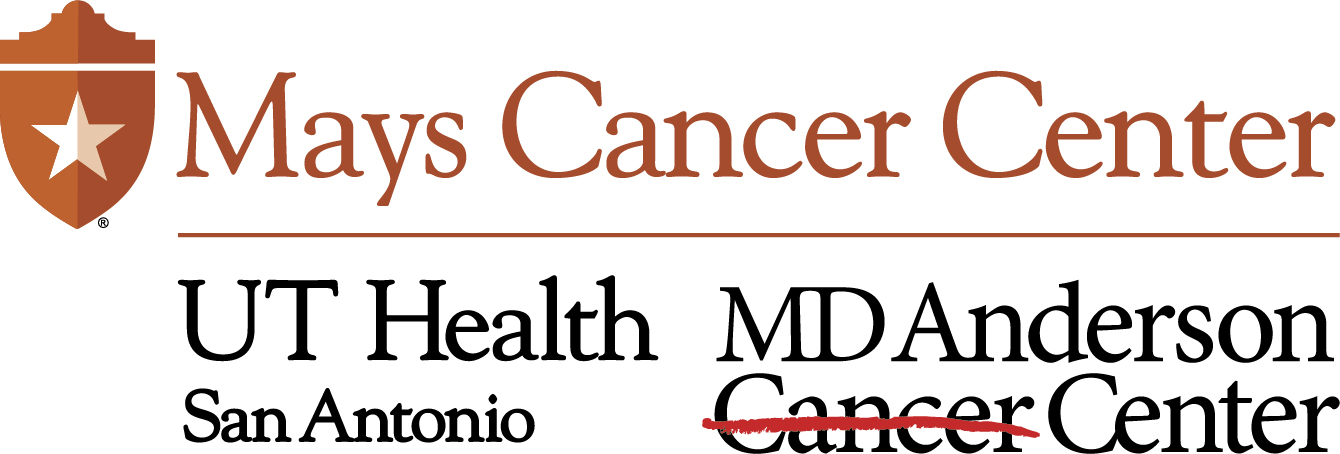- Advertise
- About OncLive
- Editorial Board
- MJH Life Sciences brands
- Contact Us
- Privacy
- Terms & Conditions
- Do Not Sell My Information
2 Clarke Drive
Suite 100
Cranbury, NJ 08512
© 2025 MJH Life Sciences™ and OncLive - Clinical Oncology News, Cancer Expert Insights. All rights reserved.
Dr. Mesa on the Rationale for the Earlier Use of Ruxolitinib in Myelofibrosis
Ruben A. Mesa, MD, discusses the rationale for the earlier use of ruxolitinib in myelofibrosis.
Ruben A. Mesa, MD, director of the Mays Cancer Center at UT Health San Antonio MD Anderson Cancer Center, discusses the rationale for the earlier use of ruxolitinib (Jakafi) in myelofibrosis.
The strongest data available on the earlier use of JAK inhibitors came shortly after the approval of ruxolitinib, specifically with the expanded access data from the JUMP trial, says Mesa. Results from the trial showed that response rates mirrored the response rates seen in the COMFORT studies with more responses and symptomatic improvement of 30% or higher, adds Mesa. Similar to the COMFORT studies, most patients in the JUMP study benefited, but 30% to 40% of patients reached the threshold in terms of response. Similarly, there has been real-world evidence that has been presented from several different countries that similarly show that efficacy and safety.
Finally, data from the United Kingdom were also presented following the approval of ruxolitinib. The study also included intermediate-1 risk patients with myelofibrosis and very similar safety and efficacy was observed, says Mesa. Those are the data that are being cited by the National Comprehensive Cancer Network to inform recommendations. For fedratinib (Inrebic), there are no available data on its earlier use yet, but those data will most likely be gathered over time from real-world experiences, concludes Mesa.
Related Content:





